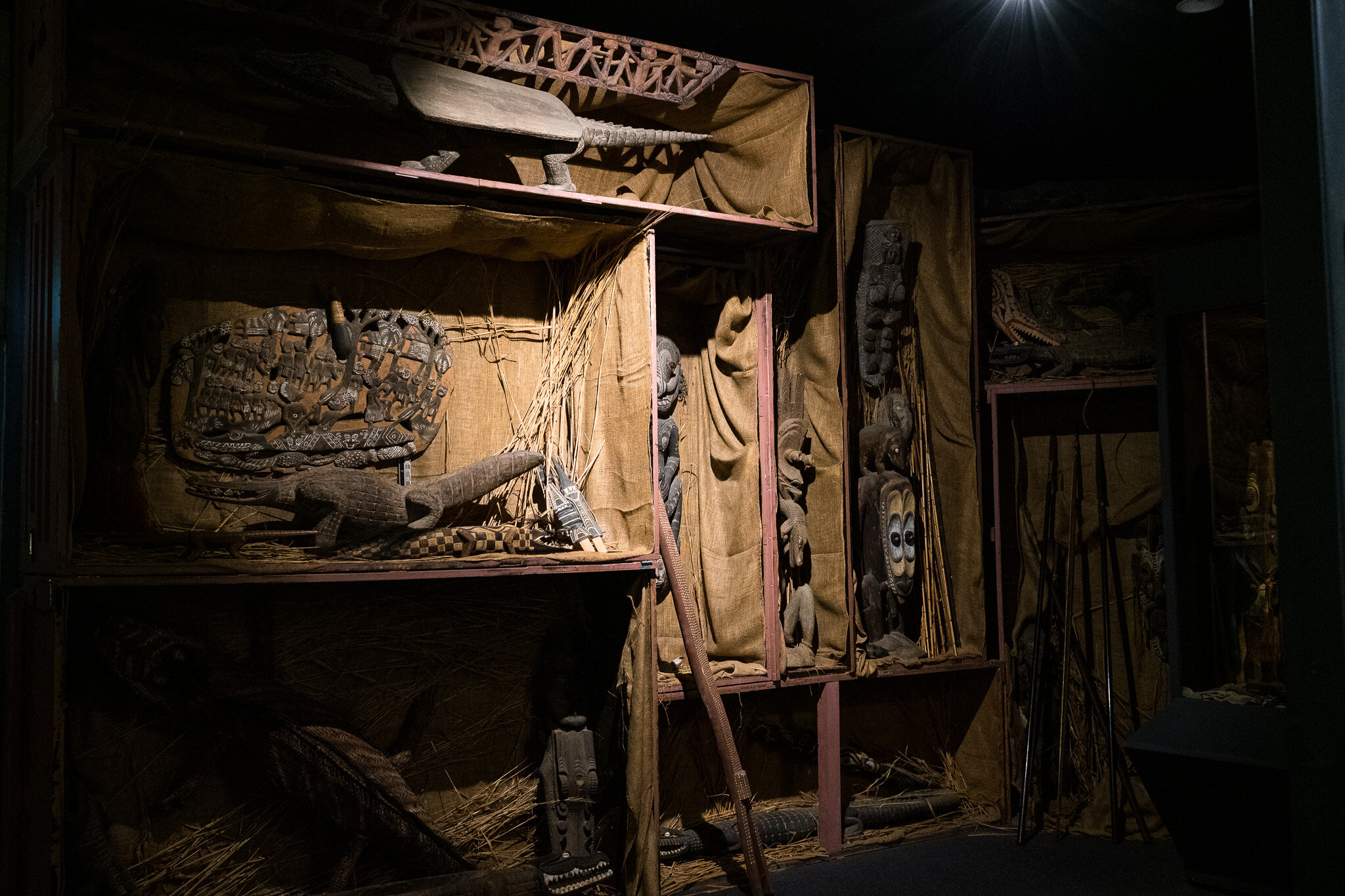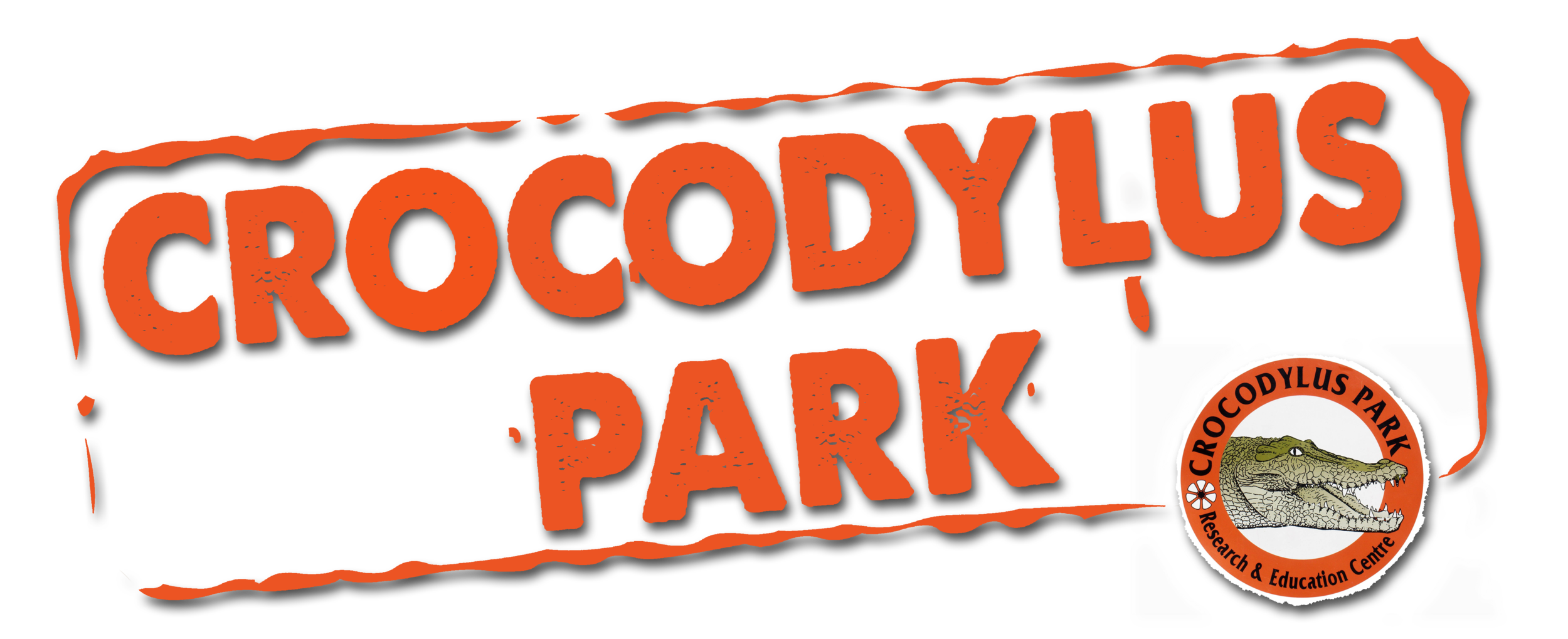Crocodiles
Crocodylus Park is home to an array of Crocodiles. From the large 5m males to cute little baby Saltwater Crocodiles!
The park is also home to Freshwater Crocodiles and exotic Crocodile species.
Our crocs
Salties vs Freshies
Croc Museum
Our croc Attractions
Crocodile Handlings
Jumping Crocodile Cruise
Crocodile Feeding Tour
Difference between Salties and Freshies
Freshwater Crocodile (Crocodylus johnsoni)
Freshwater crocs have narrow snouts and sharp teeth. Freshies can "Gallop" over land with speeds up to 17 km/hr. Unlike their heavier friend the Saltie, they are the fastest crocodilian in the world today. Native to Northern Australia, they can be found in an array of different water bodies and even found inland up to 400 km.
In the Arnhem Land Plateau, where less food is available, populations of freshies are extremely stunted and do not get over 1.2 m long. These are often referred to as “pigmy” or “stone country” freshies.
Nesting season for freshies typically occurs at the end of dry season around August-September. Females will lay their eggs in sand or similar substrate close to the water’s edge along riverbanks and will generally dig down until they find moisture bands. Females tend to not defend their nests from predators, and only sometimes once the eggs have hatched will the mothers attend to calls made by hatchlings to collect and carry down to the water.
Weight: < 60 kg
Length: < 3.5 m
Life span: 50-60 years
Saltwater Crocodile (Crocodylus porosus)
Saltwater Crocodiles have wide snouts full of large teeth, that they continuously replace throughout their life until they reach about 50-60 years old. A large croc can hold its breath for over an hour! When they dive, they have the ability to slow their heart rate to a couple of beats per minute. A Large croc can go up to a year without feeding … although all the fat reserves are well and truly used up by that time. The sex is determined by incubation temperature, at 32o c the eggs take 80-85 days to hatch.
Nesting season for salties occurs in the wet season and is usually triggered by response to monsoonal rains. Females will typically build a nest mixing together vegetation along with dirt or mud to create a mound roughly half a metre tall and up to 2 metres wide. Depending on rains, around November is when the first nests of the season will be laid with peak nesting around January - February and can continue over until May. Females will protect the nest from predators and once hatched the mothers will attend to calls made by hatchlings to collect and carry down to the water. Females will then care after their hatchlings for up to two months in a creche like group.
Weight: < 1000 kg
Length: up to 6 m
Life span: 70-80 years
Fun fact
Did you know that a male Saltwater Crocodile brain is the size of a walnut and a female Saltwater Crocodile brain is the size of a peanut? Despite the size of their brains, Saltwater Crocodiles are extremely intelligent animals!

Meet them up close!
Crocodile Handlings
Can you tell the difference between a salty and a freshie? Ever wanted to cuddle a croc? (Hint: they’re not as rough as you’d expect…).
Catch one of our guides after the reptile handling or croc feeding shows for your chance to get your Dundee on and nurse one of these beauties.
Learn about these ancient creatures by getting up close and personal, and asking our knowledgeable guides any questions you like.
Cost: Free with general admission
Times: At the end of each crocodile feeding tour - 10am, 12pm, 2pm
Jumping Crocodile Cruise
A jumping crocodile cruise, you say? Hop aboard! This adventure takes you on an up close and personal experience seeing crocodiles jumping out of the water!
Cruise in the breeze along our man-made river system that is home to over 40 saltwater crocodiles, including a few big 5-meter males weighing over 500 kilograms.
The river is also home to many different species of native flora and fauna, so keep your eyes peeled.
Cost: Adult $18, Child $12
Times: 11am and 1pm
Crocodile Feeding Tour
FUN FACT: Crocodiles use their strong tail muscles to propel themselves out of the water to explode their immense power over their prey.
On our Crocodile Feeding Tour, you can witness the impressive feeding abilities of these beautiful prehistoric beasts.
Cost: Free with general admission
Times: 10am, 12pm, and 2pm
Croc Museum
Relax in the air condition museum and read about all things Crocodiles and Research.







